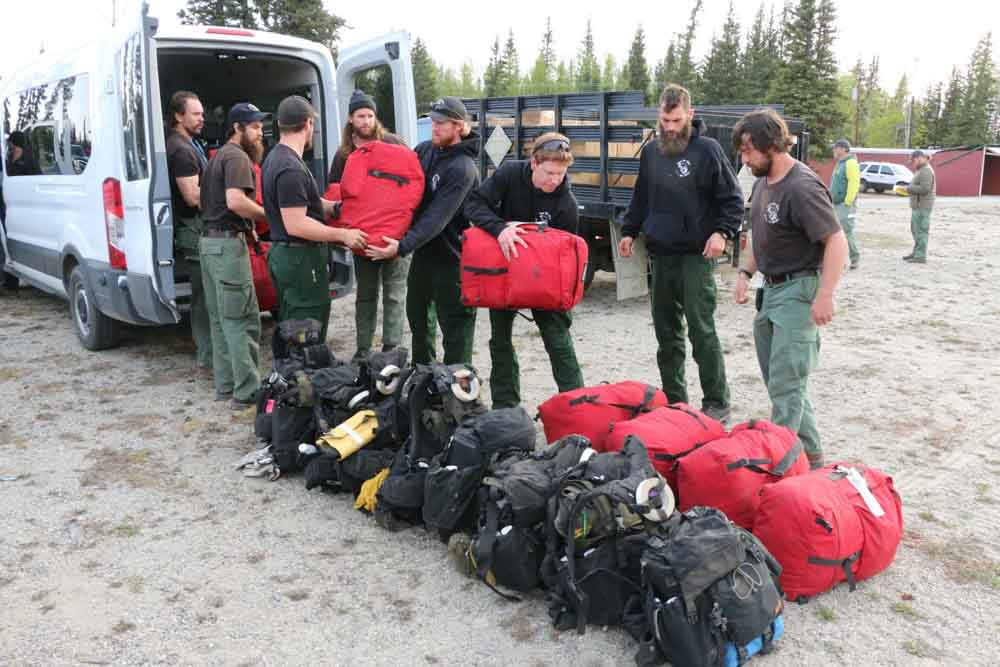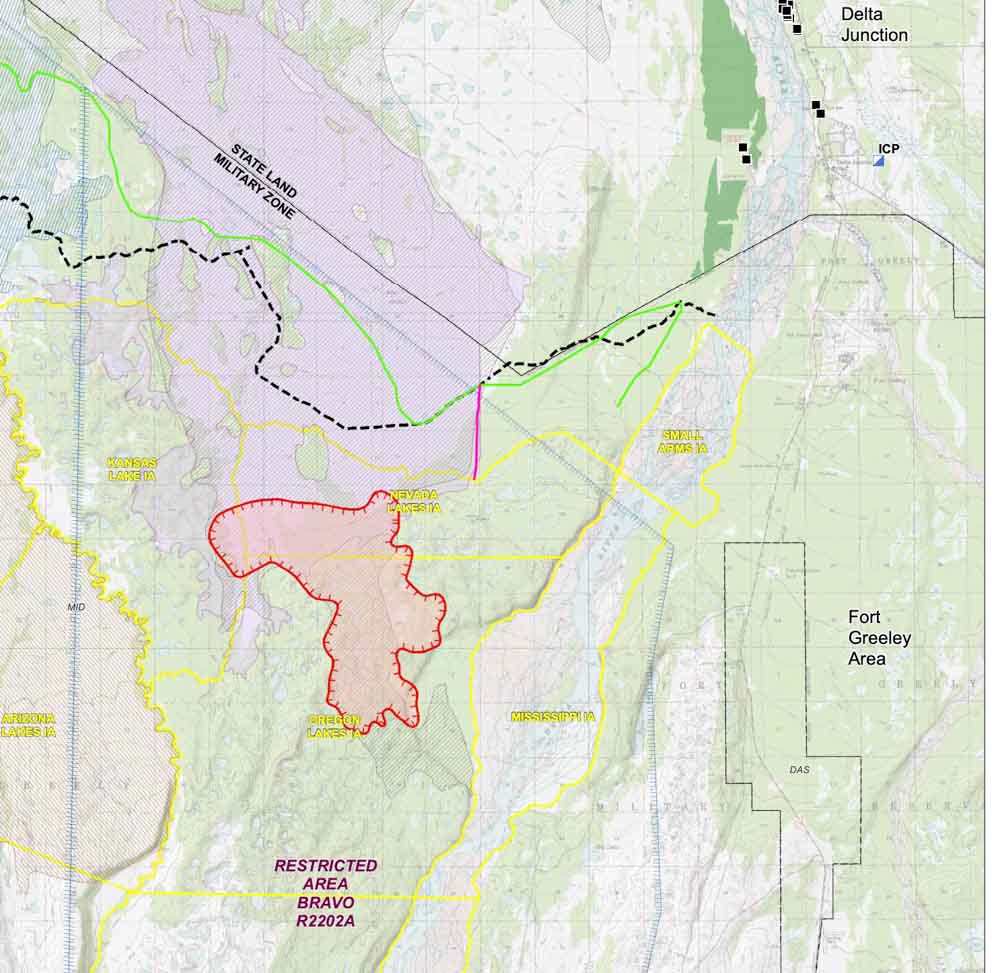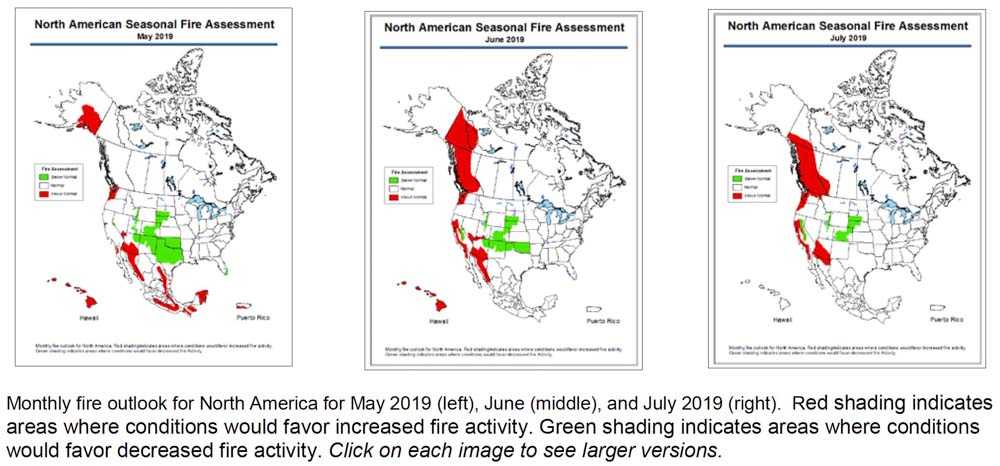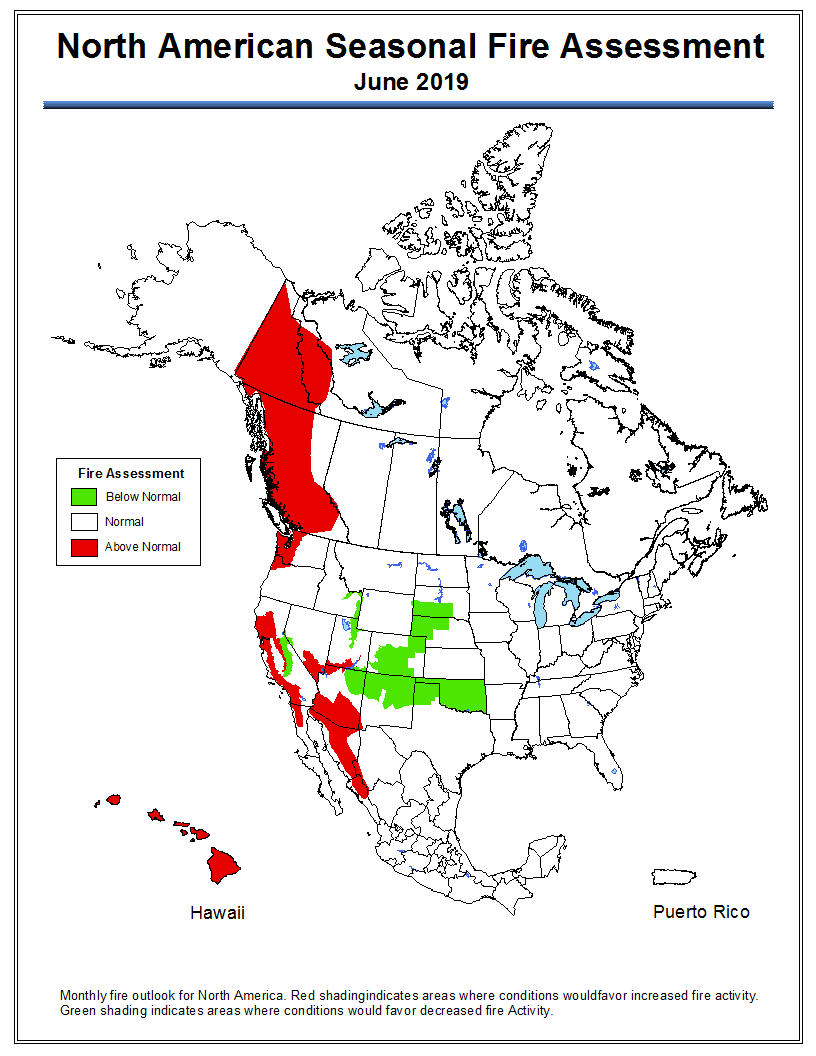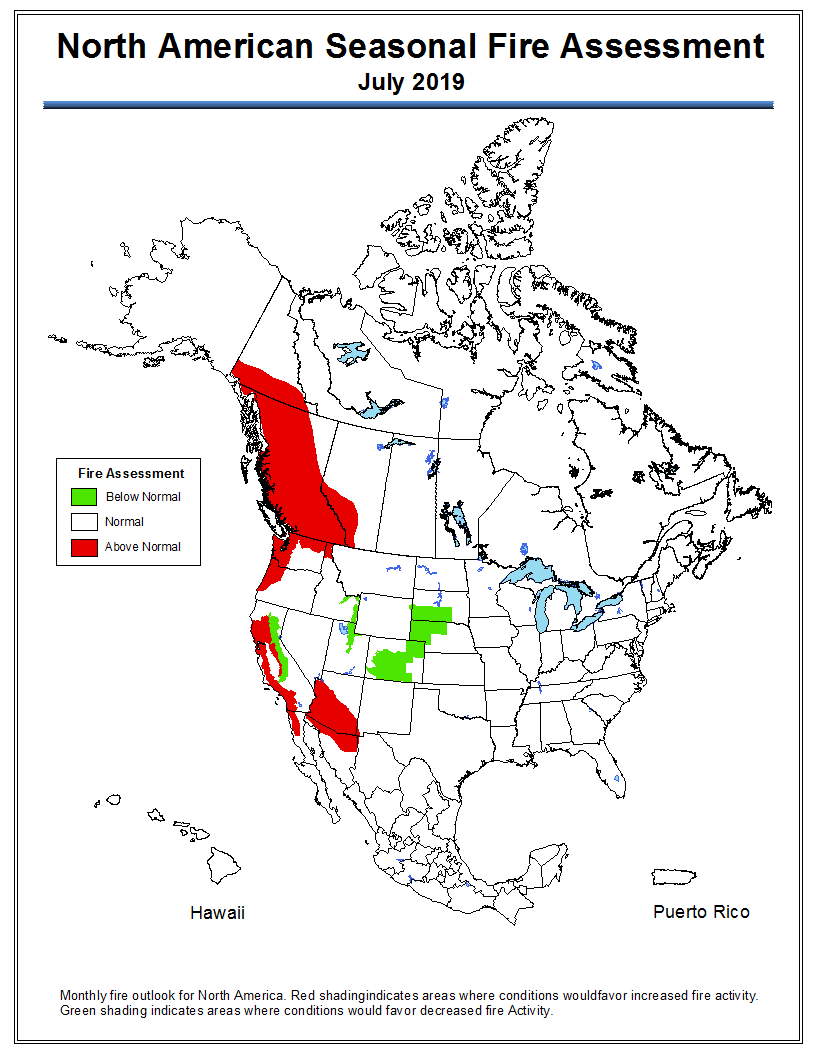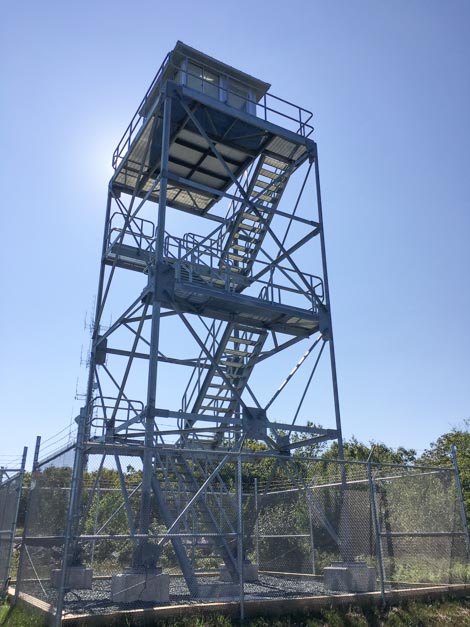
Like other wildland firefighter fatalities, the death of Captain Brian Hughes of the Arrowhead Hotshots last year during the felling of a hazardous tree has had an effect on many of the 15,000 wildland firefighters in the Federal government. As described in the report that was released last week, Captain Hughes and others on the crew did many things right while working to get the tree on the ground, but he ended up in an unfortunate location when the tree fell in an unexpected direction. Many firefighters can relate to that and may have been in similar situations, but had a better outcome.
Captain Kevin Mecham, a U.S. Forest Service employee and Captain on the Truckee Hotshots in Northern California, was motivated to put some of his ideas into a letter. It was intended to be read primarily by other Forest Service personnel, but we have his permission to publish it here. After the letter, below, we explain some of the acronyms, the names mentioned, and the issue regarding the “t-shirt mandate”.
My name is Kevin Mecham and I am a Captain on the Truckee Hotshots. I am writing this letter to provoke a larger discussion about wildfires and the Federal Employees whose lives are defined by them. I started fighting fire with the US Forest Service when I was 19. I was enrolled in a Natural Resources program and was aiming to have a career that was meaningful, conservation oriented, adventurous, in the great outdoors and contributed to something bigger than myself. I attended an employment outreach seminar where a Forest Service Firefighter spoke and I thought to myself “that sounds great, I’ll be outside, it sounds noble and it’ll be an adventure.” I didn’t know a single Firefighter. The thought of being a Firefighter had never crossed my mind; in fact when I was 12 my family almost lost our home in a wildfire and I remember driving through the flames with my Mom to escape and I was terrified. But, seven years later and I had become a passion driven, adventure seeking 19 year old and it sounded great.
15 fire seasons later a lot has changed. I am a husband, a father and my perception of the world has changed. Wildfires themselves have changed; size, severity and frequency have all increased. My career still parallels what I anticipated as a college student seeking a meaningful career. I am outside a lot, it is noble and it is definitely an adventure. I’ve worked on Engines, a Helitack module and two Hotshots Crews. It was Hotshoting that really resonated with me. I have enough pride and emotion about being a Hotshot that I could write more than anyone would ever want to read so I’ll keep it short. Just know that I have a lot of heart and a ton of pride in the people and places that developed me into the person that I am. But a lot has changed and what my younger self failed to foresee was the weight of the psychological toll of this profession and how unnecessarily exasperated it is by the Agency. Some of the psychological weight is part of the job. We work in the woods and the woods are an inherently dangerous place. Introduce fire, increased fuel loading, wilder deviations from weather norms, an ever expanding reach of the wildland urban interface, more state and local government working with a scale of fire and an environment they are unfamiliar with and we find ourselves in very dynamic and complex situations. But the single most vexing and compounding factor is that we are a conservation agency ran by politicians and science based academics that just happen to oversee the most effective and comprehensive wildland firefighting force in the world.
The catalyst of this letter is the line of duty death of friend and co-worker Daniel Laird and the WO and RO’s management of its Forestry Technicians. Our current management structure and its subsequent repercussions on our Firefighting workforce are not new problems. Line of Duty deaths are not new problems. But Dan’s death and the Agency’s structure have shone a glaring light on the implications of our current leadership organization. As these tragedies and issues hit closer and closer to home for the “boots on the ground” it makes the weight feel even heavier. The loss of Dan and the Agency’s proposed attempts at solving our problems: hiring / staffing, retention, fatigue management, work life balance and the aborted uniform t-shirt mandate illustrate our greatest obstacles. We are being managed by people that don’t have experience in our profession. There isn’t the necessary context to the commitment and sacrifice required to prepare for and work a tough fire season. Incident complexity has increased and demand has increased. When will the Agency embrace what we do on a daily basis? When will the Agency recognize what the public already expects of us? We invented wildland firefighting and yet the individuals making the decisions that impact us the gravest have never done our job. We have leadership attempting to manage fatigue when they don’t understand the complexities of our fatigue. I wouldn’t supervise a botany crew. I wouldn’t oversee a multi-million dollar budget. Ancient hunters wouldn’t select a gatherer to lead a hunt. How can we expect to succeed if we have people supervising in facets in which they have no experience? This is an illogical structure that would universally fail across all spectrums of humanity throughout time.
Continue reading “Fireline fatality shines light on Forest Service workforce”

